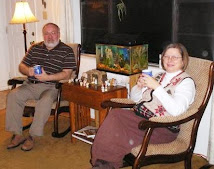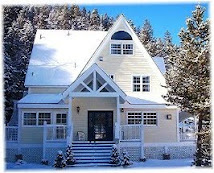
Some may argue my characterization of our recent weather phenomenon as a blizzard, but at the very least it was our first heavy snowstorm. It blew in yesterday, lasted the better part of two days, and left a couple feet of snow behind. Here's the front of the house.

I had to dust a little snow off my car.

Trudging through the Great, White North (actually, it's just our backyard).

That evergreen tree was about her height when we moved in.
 Clearing the way to the barbecue.
Clearing the way to the barbecue.

Preparing for the barbecue.

Gotta love Colorado. You can barbecue year round. When we first moved to Colorado, I marveled at people in their shorts in the winter. As our daughter says, I have completely acclimatized. (For my "steak recipe," check out her blog here.)

Many schools and businesses closed yesterday and today, along with large stretches of interstates 25 and 70. Most Denverites chose to stay inside and enjoy the warmth of their homes. Our Nuggets managed to play their season opener at the Pepsi Center last night and prevailed over the Utah Jazz for their first victory of the newborn NBA season.

Mi-ke (pronounced Mee-kay, Japanese for calico) thought she wanted to go outside but soon changed her mind.





































































